The In-Line Flow Switch is comprised of two main assemblies: the housing and the shuttle assembly. As the liquid flow enters the flow switch, it passes through an orifice between the inlet and outlet ports.
In-Line Flow Switch
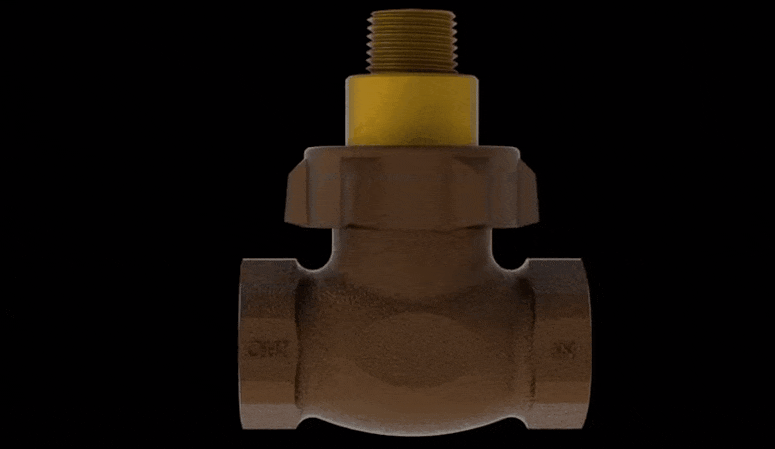
When the flow reaches the switch’s setpoint, a magnet shuttle overcomes the downward force of a return spring and actuates a hermetically sealed SPDT reed switch element inside the bonnet stem.
As the flow decreases, the spring overcomes the lifting force created by the liquid and deactivates the switch.
Liquid Flow Monitoring
Flow switches are commonly used at multiple points in these types of water applications.
The flow switch provides pump protection by detecting a no-flow condition of the water in the process which prevents damage to the pump before the line is pumped dry.
The flow switch is a low-cost and reliable way of protecting a pump.

If you liked this article, then please subscribe to our YouTube Channel for Instrumentation, Electrical, PLC, and SCADA video tutorials.
You can also follow us on Facebook and Twitter to receive daily updates.
Read Next:
- Animation of Float Level Switch
- What is an Orifice Meter?
- Positive Displacement Meters
- Flow Measurement Guide
- Weigh Feeder Flow Measure
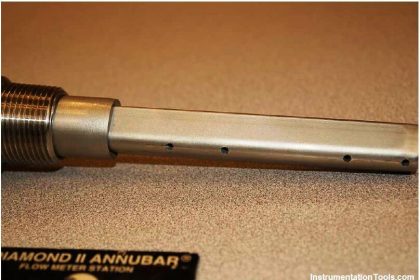

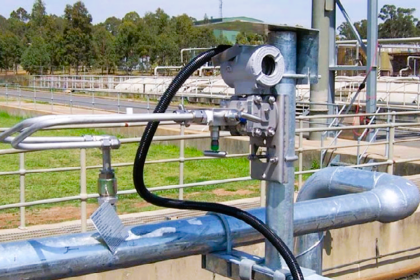

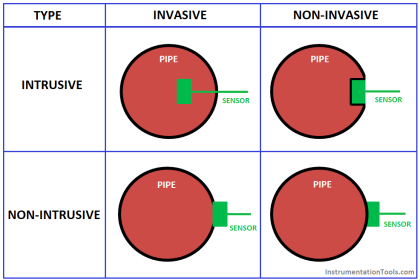
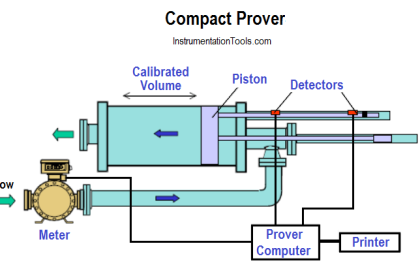




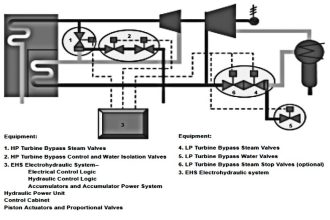
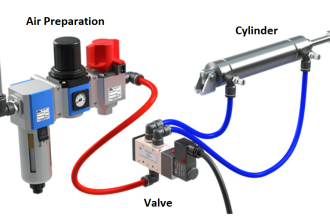

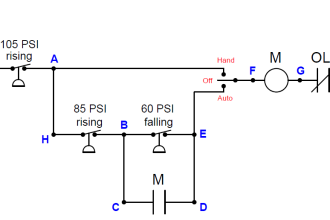
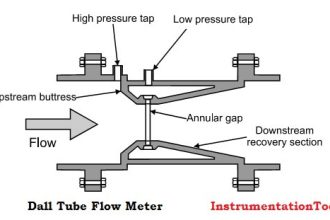

Is very good for me. Thanx